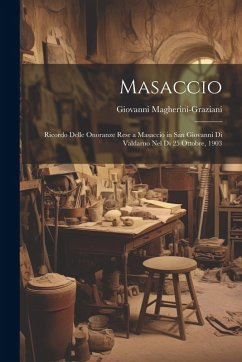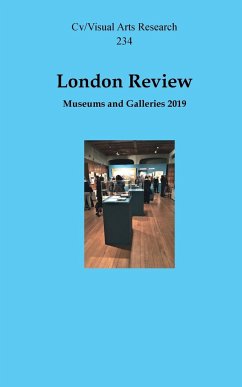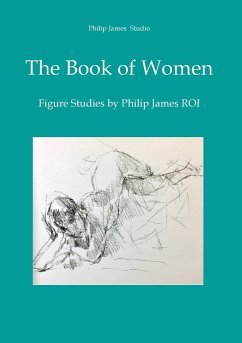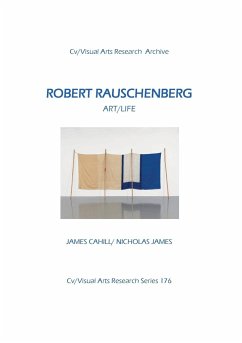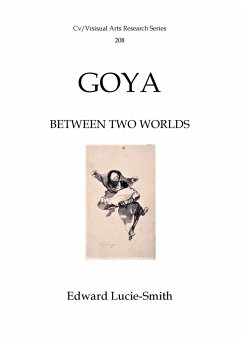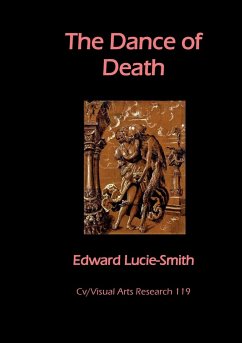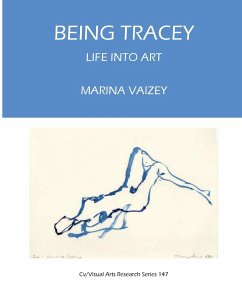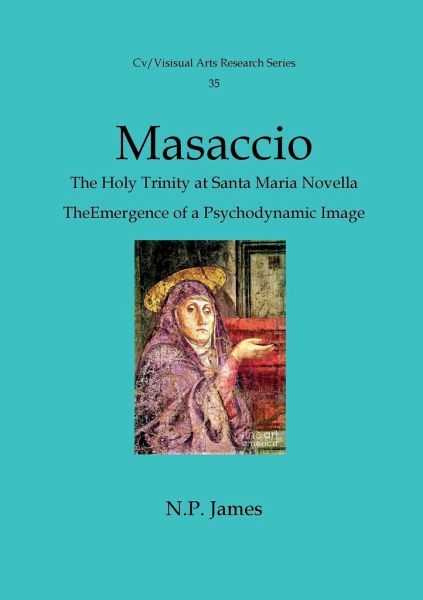
Masaccio
The Emergence of a Psychodynamic Image
Versandkostenfrei!
Versandfertig in 1-2 Wochen
19,99 €
inkl. MwSt.

PAYBACK Punkte
10 °P sammeln!
Despite his short span of activity, from 1423 to 1428, Masaccio can be posited as the signifier of a radical break with the period of Italian painting known as the Trecento, and alone among his contemporaries, in his use of dramatic realism, points the way to the spectacular creations of the High Renaissance, in which artists such as Michelangelo, Raphael and Palladio, achieved a fusion of classic and humanist ideals in painting, sculpture and architecture. Masaccio's Trinity at the Church of Santa Maria Novella in Florence is analysed in an essay initially prepared for the MA programme of His...
Despite his short span of activity, from 1423 to 1428, Masaccio can be posited as the signifier of a radical break with the period of Italian painting known as the Trecento, and alone among his contemporaries, in his use of dramatic realism, points the way to the spectacular creations of the High Renaissance, in which artists such as Michelangelo, Raphael and Palladio, achieved a fusion of classic and humanist ideals in painting, sculpture and architecture. Masaccio's Trinity at the Church of Santa Maria Novella in Florence is analysed in an essay initially prepared for the MA programme of History of Art at Kingston University in 1995. It considers the conditions of belief and patronage that informed the work, a powerful and original representation of The Crucifixion which in its striking effect became the key to unlock the major pictorial revolution of the Italian ArtisticRenaissance.



